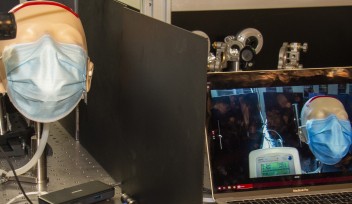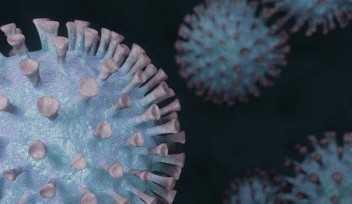COVID-19 Disease Map provides a useful resource for tackling the current pandemic

A multi-disciplinary, international effort is underway to uncover and describe the molecular interactions involved in COVID-19. The ultimate goal is to provide the necessary research to find a cure for the disease. This research collaboration includes clinical researchers, life scientists, pathway curators, computational biologists, and data scientists from across the globe and involves developing a database of all the projects looking at the disease mechanisms of COVID-19.
Comprising 163 (and increasing) researchers from 81 organizations in 29 countries, the group has now released the COVID-19 Disease Map to form a comprehensive, standardized knowledge repository of the interaction mechanisms between the SARS-CoV-2 virus and its host.
“The global community of Biomedical Systems, Virology, and Pathology experts are coming together to try to understand the molecular background of the disease,” said Professor Hiroaki Kitano of the Integrated Open Systems Unit at the Okinawa Institute of Science and Technology Graduate University (OIST), who is part of this project. “By creating a database of information about the molecular interactions, this international collaboration is providing a useful resource for other researchers to build on.”
Professor Kitano has previously looked at how the influenza virus (both H1N1 and H5N1) interacts with its host. “Both the seasonal flu and COVID-19 are viruses. While there are differences, they have similarities as well,” he explained.
Alongside Professor Kitano’s expertise in infectious diseases, OIST is providing technology that has a pivotal role in this project, such as CellDesigner software, Systems Biology Markup Language, and Systems Biology Graphical Notation.
Over the next few weeks, the researchers will continue to develop the molecular interaction data and may start to perform simulations to uncover the dynamics of the molecular interaction network. Although research on COVID-19 has only been undertaken this year, the international effort behind this kind of technology has been ongoing for over a decade, with the focus on a variety of biomedical problems.
This database could also be utilized in future epidemics and pandemics. “The fundamental process of virus infection shares a lot,” explained Professor Kitano. “We have suffered from emergent viruses in the past. We will be threatened in the future. Creating a comprehensive molecular interaction map for a range of viruses, not only SARS-CoV-2, and host reactions will be an extremely useful resource. It will improve readiness at a basic research level to quickly uncover mechanisms and possible intervention options against emerging viruses in the future.”
And when it comes to tackling COVID-19, this cumulative knowledge will improve understanding of a patient’s susceptibility to the disease, such as from their gender and age, the disease’s progression, their body’s defense mechanisms, and their responses to treatment. Ultimately, it could facilitate the development of efficient diagnostics and treatment strategies for COVID-19.
<Joint Press Release with Keio University and Systems Biology Institute>
Specialty
Research Unit
For press enquiries:
Press Inquiry Form














